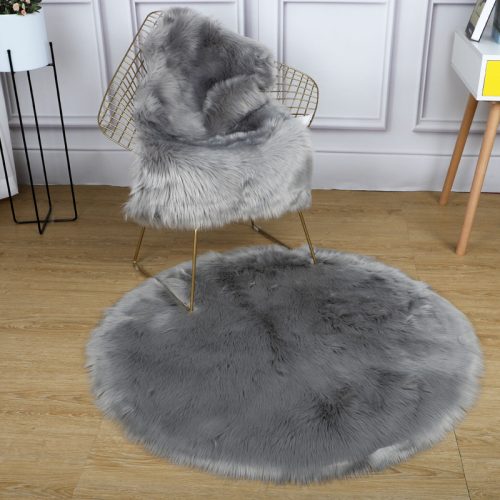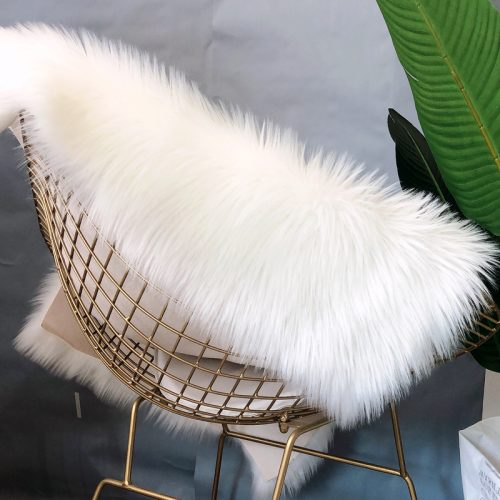The history of blankets is a fascinating journey that spans millennia, showcasing the evolution of human creativity and innovation in the pursuit of comfort and warmth. From humble beginnings to the modern comforts we enjoy today, here’s a glimpse of the story of blankets from their ancient origins to contemporary times:
Ancient Origins (Prehistoric – Ancient Times):
- Animal Hides: The earliest “blankets” were likely animal hides that prehistoric humans draped over themselves for warmth and protection. These hides provided basic insulation against the elements.
- Woven Textiles: As human societies developed weaving and textile production skills, they began to create blankets from woven natural fibers such as wool, cotton, and linen. These textiles offered improved comfort and warmth compared to animal hides.
Medieval and Renaissance Period (5th – 15th Century):
- Handwoven Blankets: Various cultures in medieval and Renaissance Europe created handwoven blankets. These blankets often featured intricate patterns and designs unique to their regions.
- Quilts: Quilting, the practice of sewing together layers of fabric with an insulating layer in between, became popular during this time. Quilts added extra warmth and comfort to blankets.
Industrial Revolution (18th – 19th Century):
- Mass Production: The Industrial Revolution brought significant advancements in textile manufacturing. This led to the mass production of blankets, making them more accessible to a wider population.
Early 20th Century:
- Electric Blankets: In the early 20th century, electric blankets were introduced. These blankets had electrical heating elements built in, allowing users to control the temperature for personalized comfort.
Mid to Late 20th Century:
- Synthetic Materials: With the development of synthetic materials like polyester and fleece, blankets became even more affordable, lightweight, and easy to care for. These materials provided excellent insulation.
21st Century:
- Smart Blankets: Technology found its way into blankets with the introduction of smart blankets. These blankets can connect to smartphones or other devices, allowing users to control temperature, monitor sleep patterns, or even charge their devices through integrated USB ports.
- Weighted Blankets: Weighted blankets gained popularity in the 21st century for their potential therapeutic benefits. These blankets are believed to provide a calming and comforting sensation, particularly for individuals with anxiety or sensory processing disorders.
- Sustainable Blankets: As environmental concerns grew, there was a shift towards eco-friendly and sustainable materials for blankets. Recycled and organic fabrics, as well as blankets made from renewable resources like bamboo, became more common.
- Customization: Many companies began offering personalized blankets that can be customized with photos, designs, or messages, making them unique and sentimental gifts.
From the basic animal hides of ancient times to the technologically advanced and customizable blankets of today, the evolution of blankets reflects our changing needs, technologies, and cultural preferences. Modern blankets come in a wide variety of styles, materials, and features, ensuring that there’s a cozy and comfortable option for everyone.


